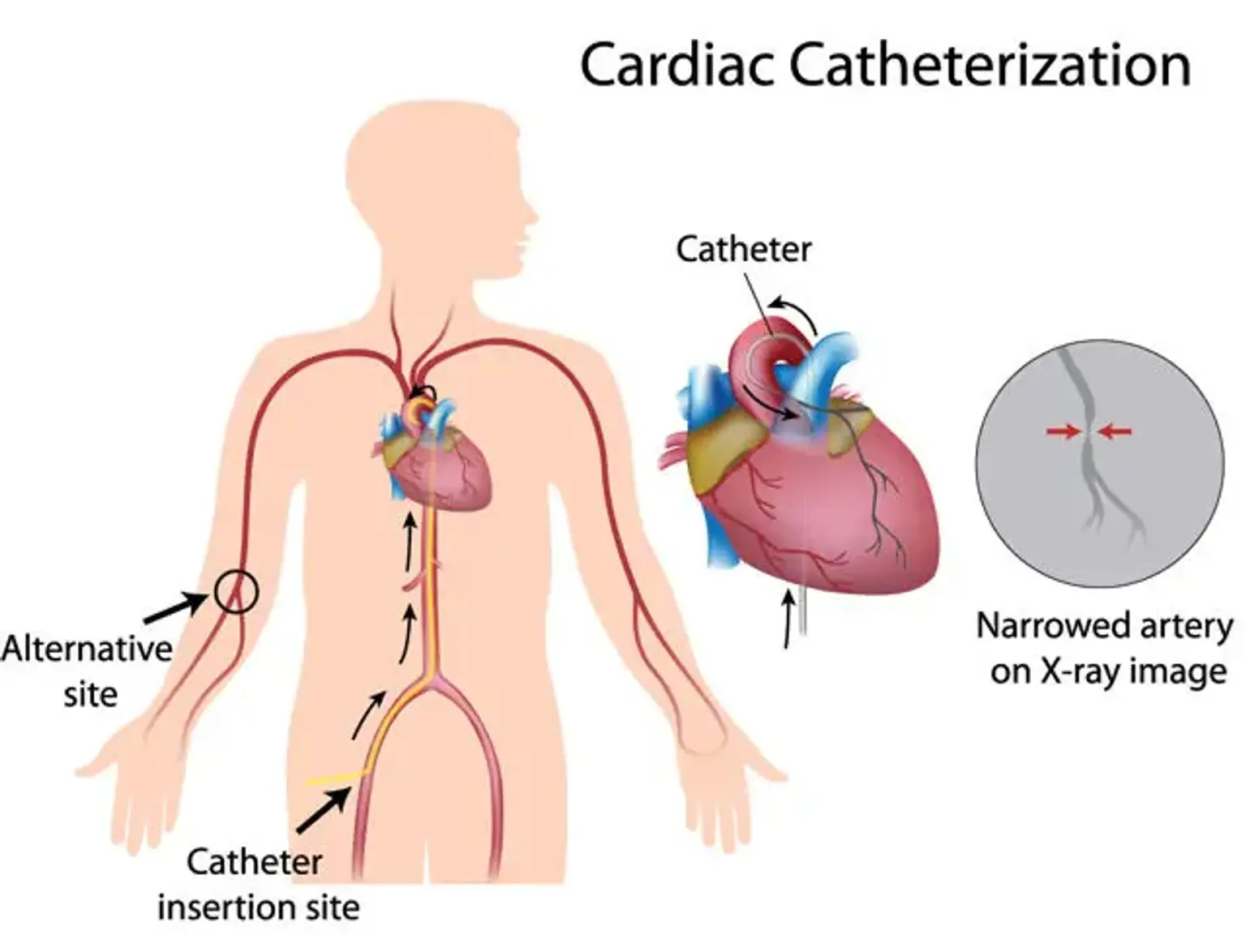Cardiac Catheterization
Cardiac catheterization is a procedure that enables physicians to identify and treat cardiovascular problems. It involves inserting a catheter into the vein or artery located in the neck, groin, or arm and threading it via the blood vessels towards the heart.
With the catheter, doctors can perform diagnostic tests and procedures as part of cardiac catheterization. For instance, they can inject a dye through the catheter to make it easier to examine the veins and heart chambers under a special x-ray machine.
In addition, cardiac catheterization is helpful in several heart disease therapies, including coronary stent and coronary angioplasty. A cardiologist with a team of doctors, technicians, nurses, and other healthcare professionals usually performs a cardiac catheterization in a hospital.
